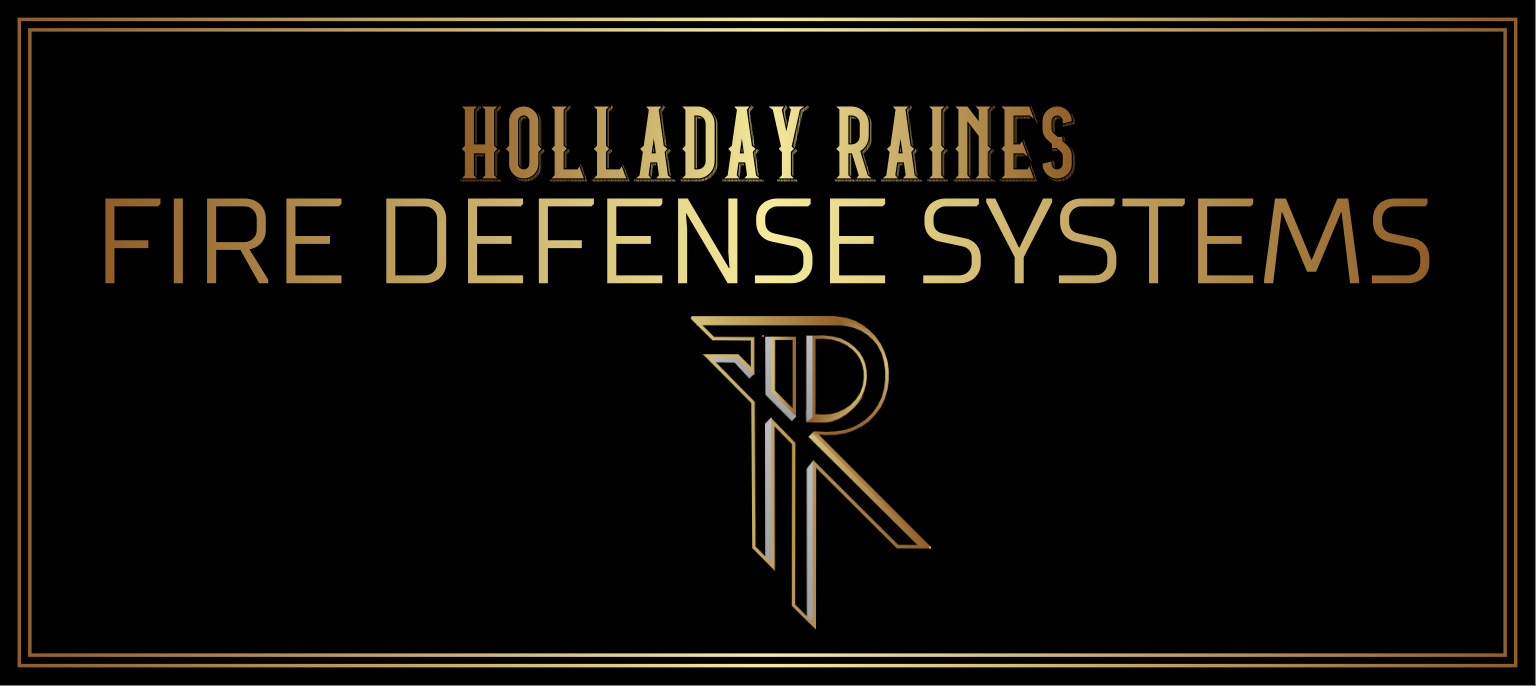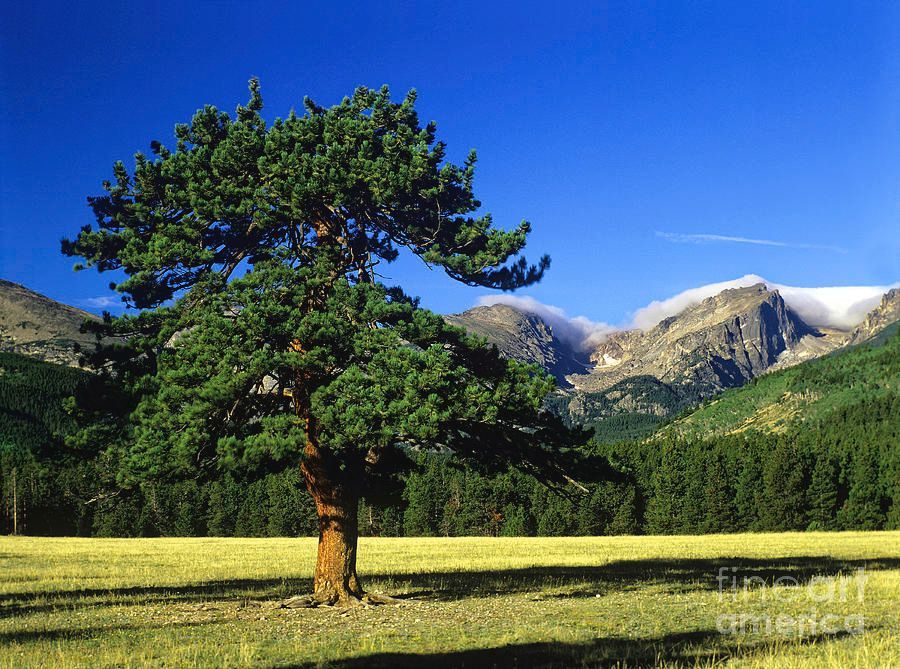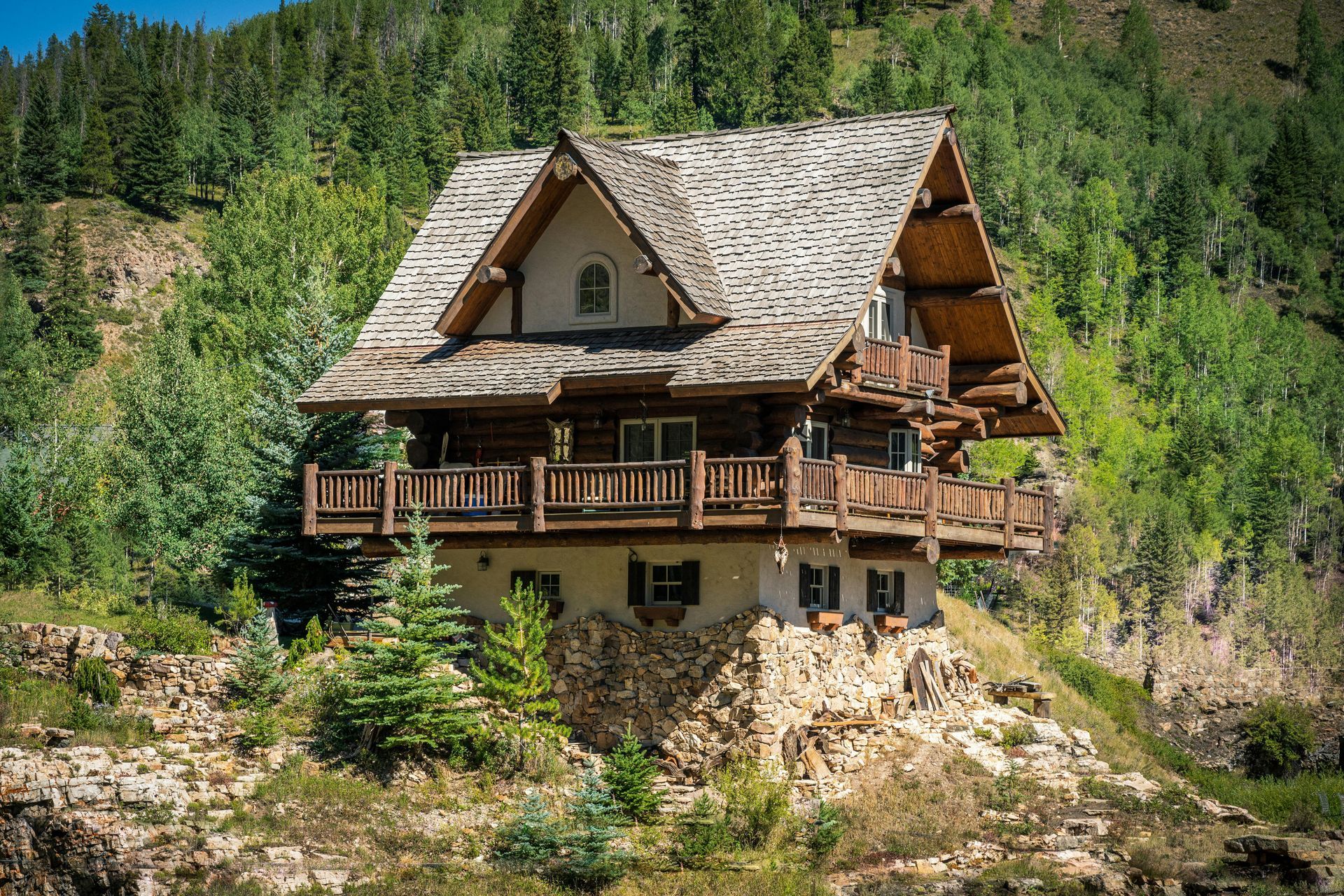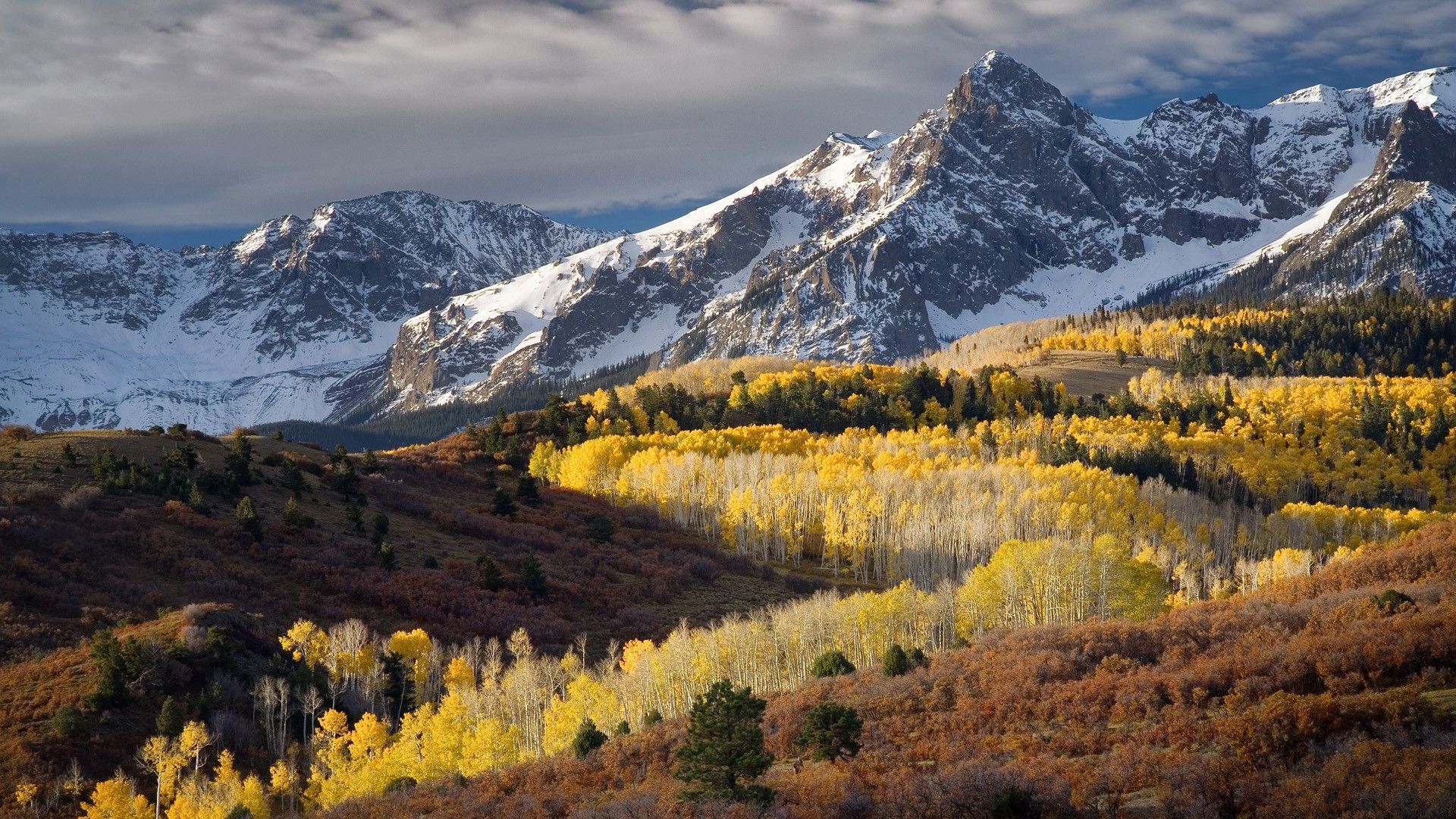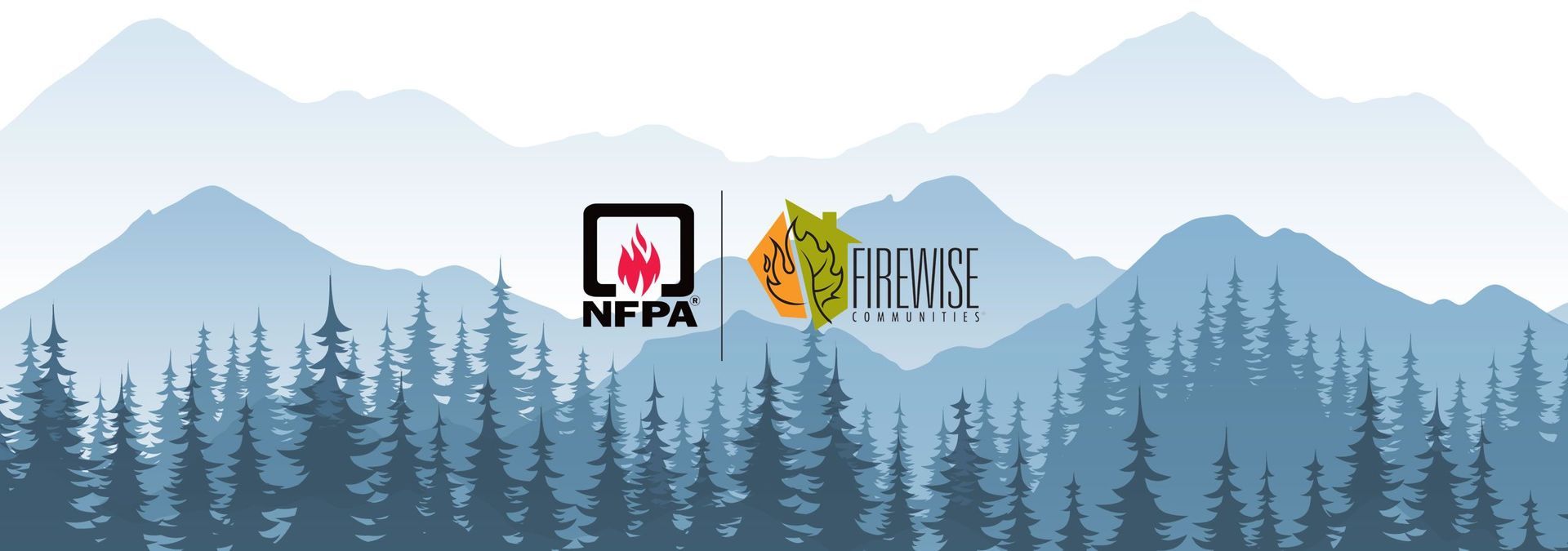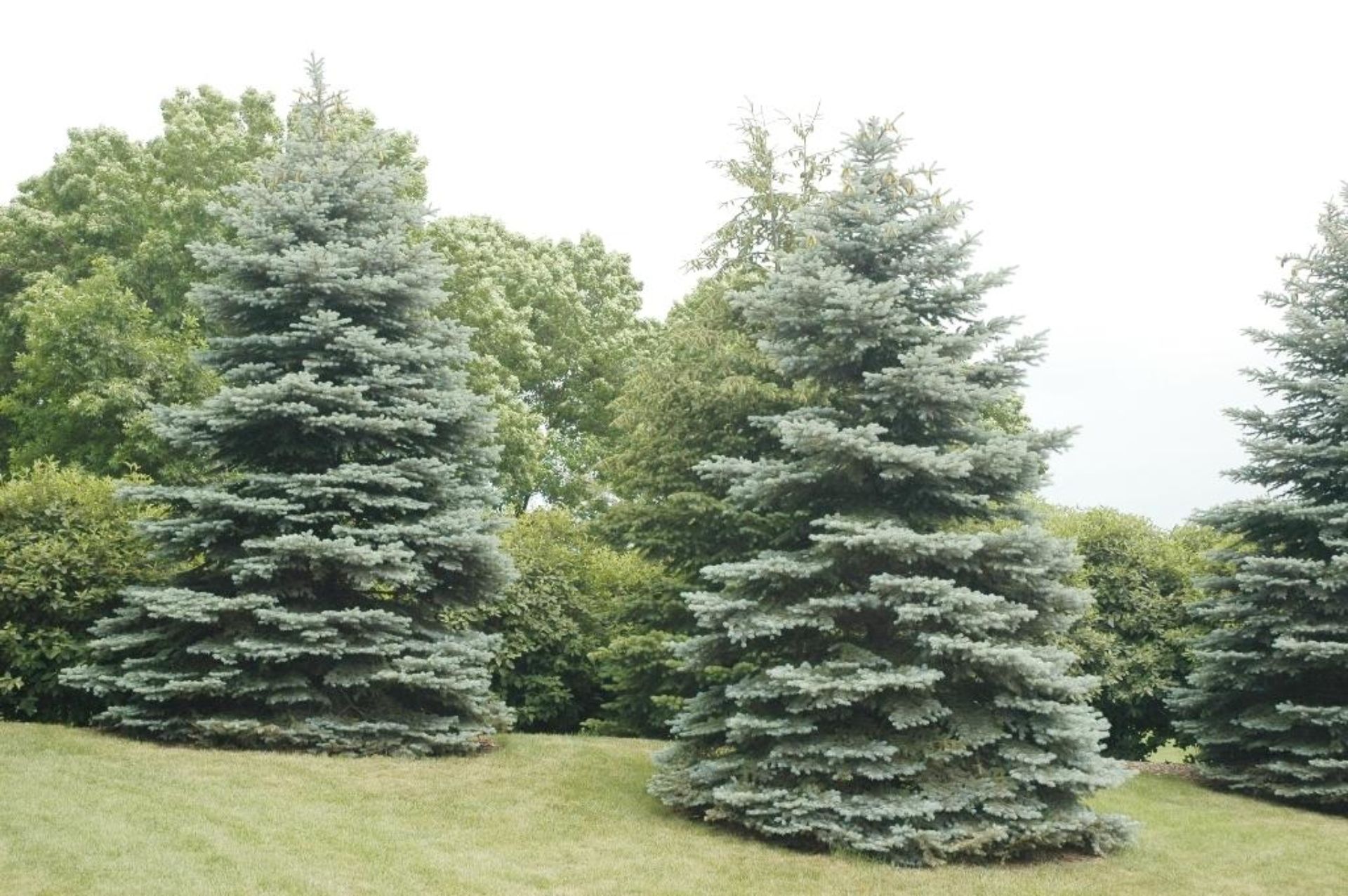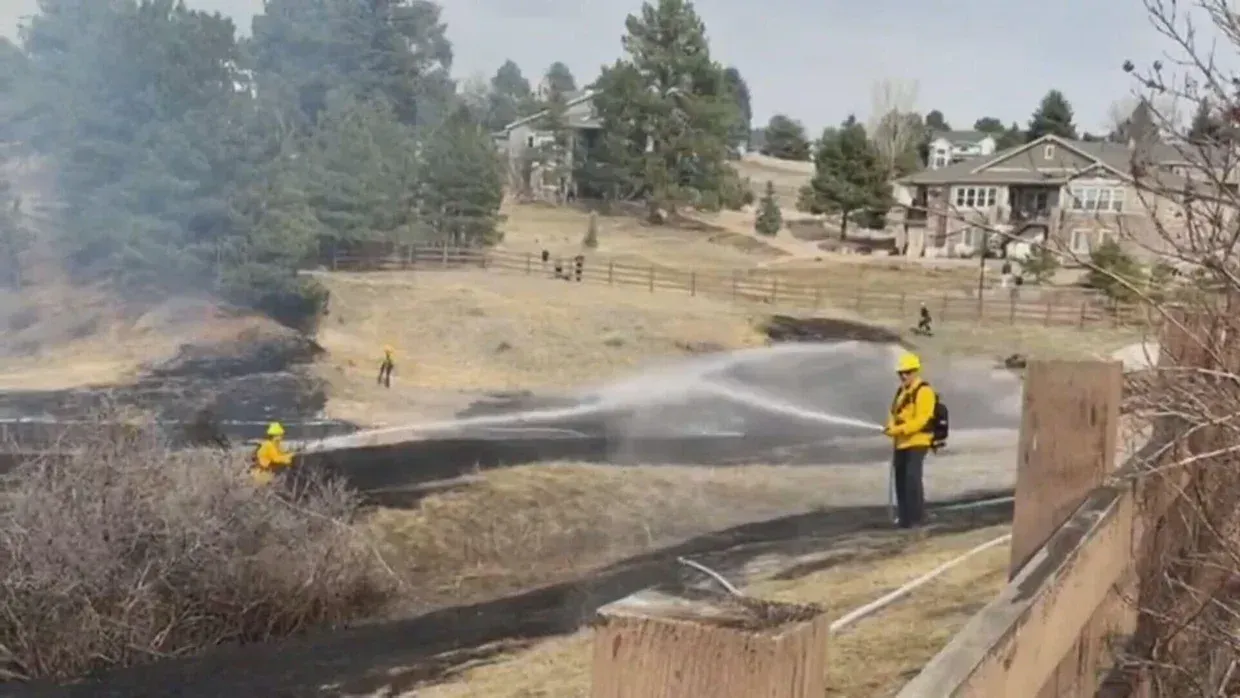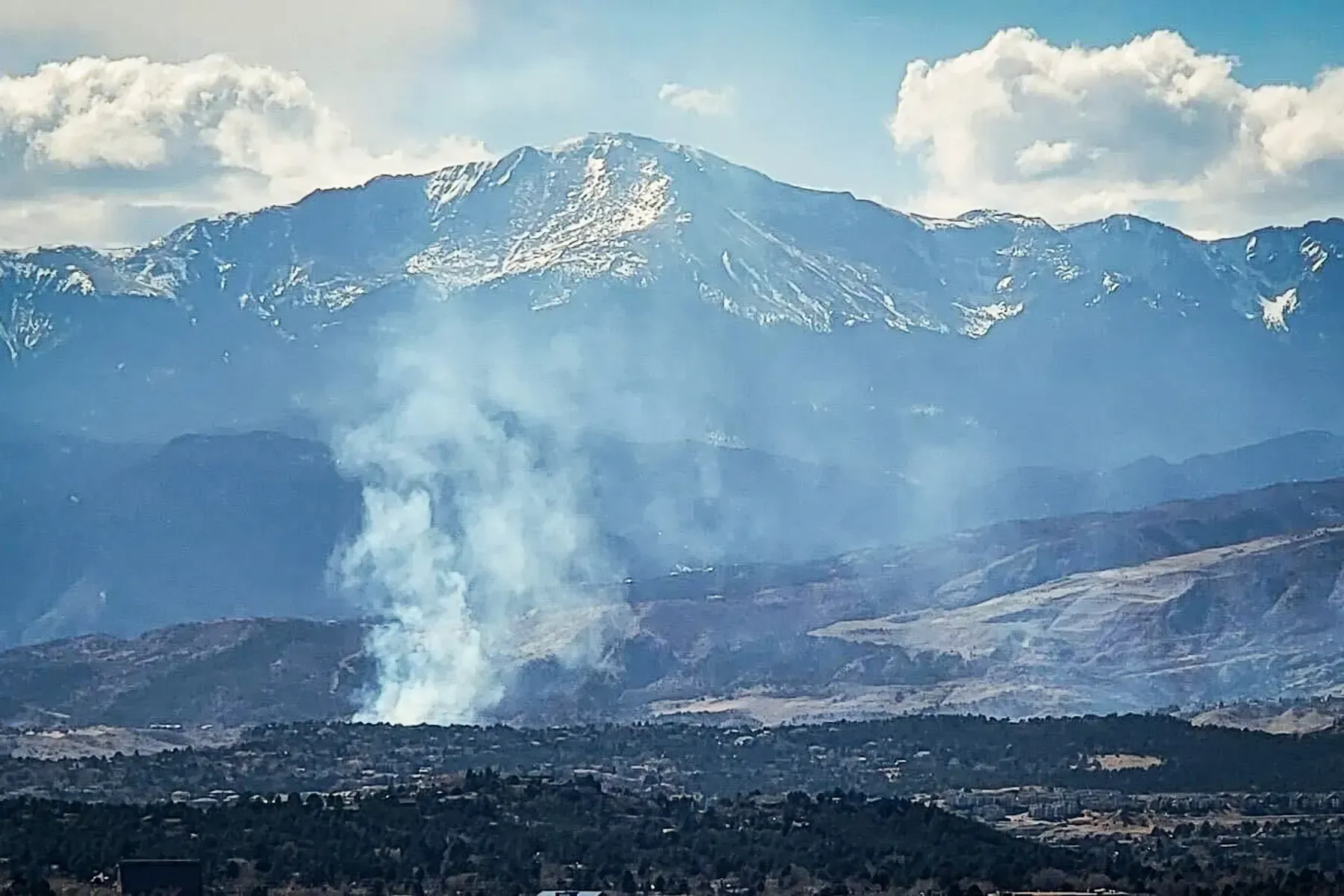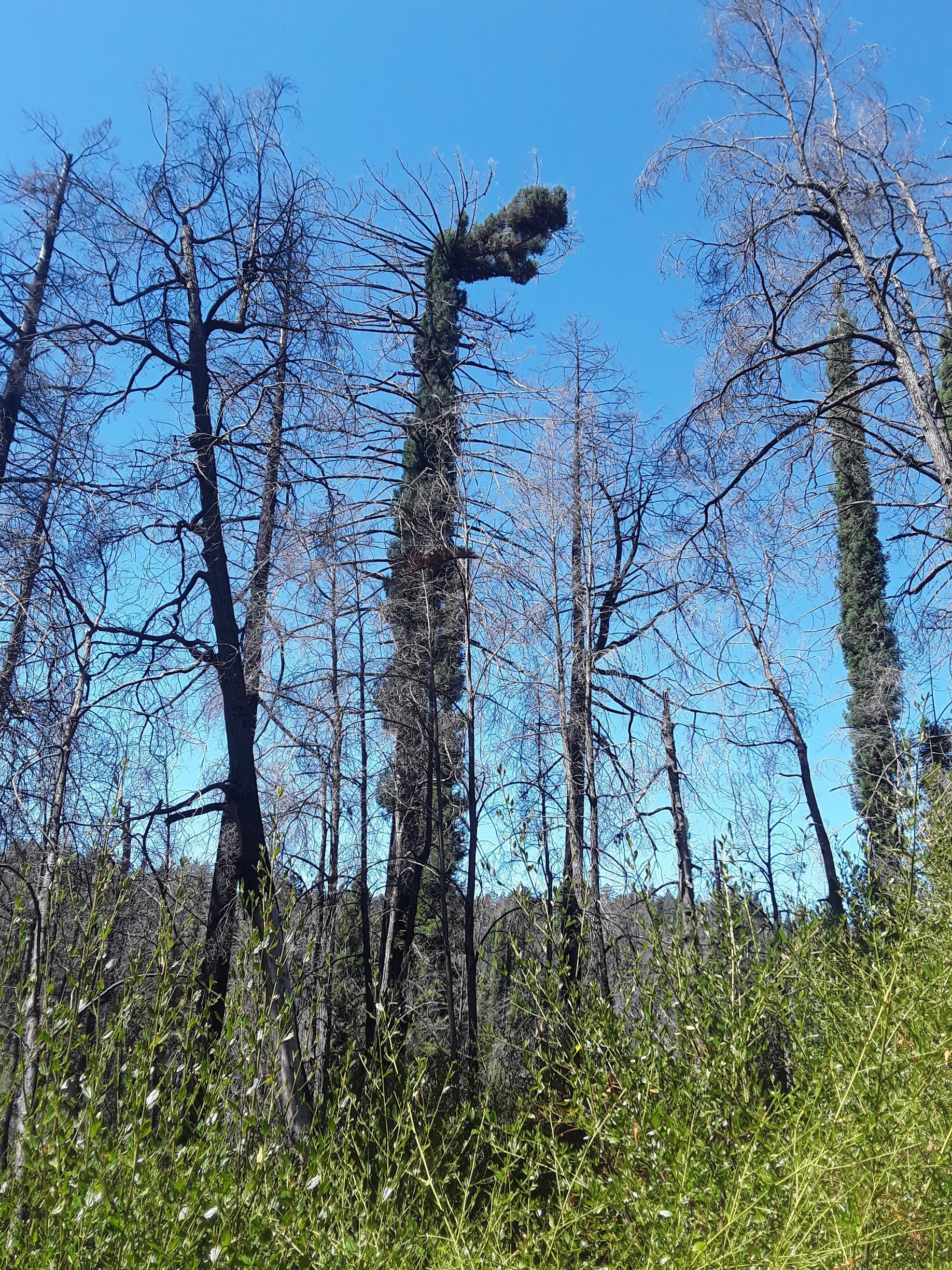A Brief History of Wildfire in Colorado
A Dive into the Flames that Shaped the Centennial State
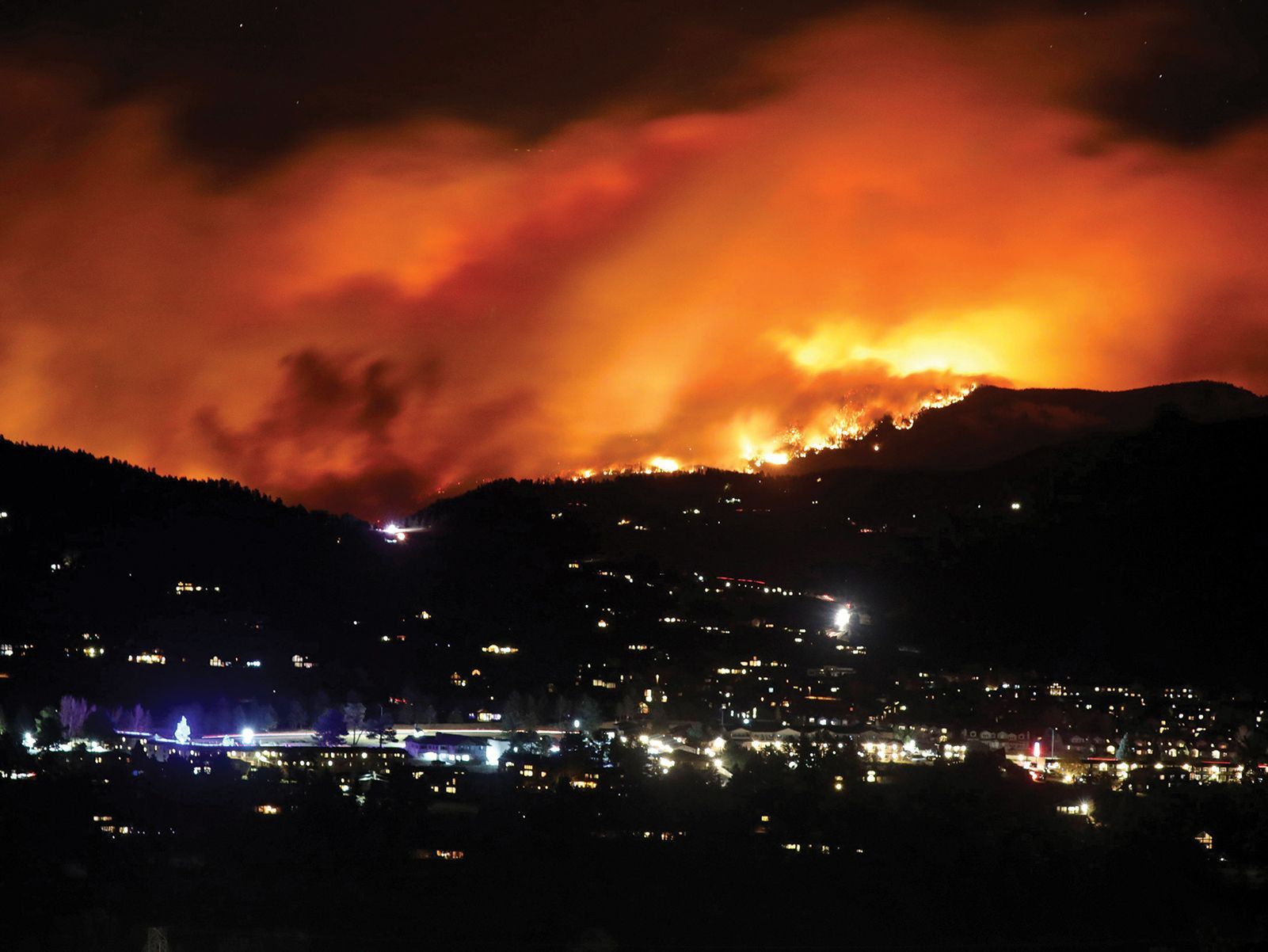
The History of Wildfires in Colorado
Colorado, with its rugged mountains, dense forests, and diverse ecosystems, is a state marked by beauty and natural resilience. However, this beauty comes with the risk of wildfires, which have been a recurring feature of the region’s landscape for centuries. Wildfires are an essential part of the state's ecology, but as population growth and climate change continue to influence the environment, the frequency and intensity of these fires have become a growing concern. In this blog post, we’ll explore the history of wildfires in Colorado, their causes, and how the state has adapted over time.
The Early Years: Wildfires Before Recorded History
Before European settlers arrived in Colorado, wildfires were already a natural part of the ecosystem. Native American tribes, such as the Ute and Arapaho, understood the land’s fire cycle and often used fire as a tool for hunting, managing land, and promoting the growth of plants that were beneficial for food and medicine.
In the wilderness, fire played an important ecological role. Lightning strikes were a natural trigger for fires, which would clear out old vegetation and allow new plants to grow. Some forests, such as those of ponderosa pine and lodgepole pine, were adapted to fire. In fact, many species of trees and plants in Colorado’s forests rely on fire to regenerate and thrive.
The Rise of Wildfire Awareness: 1800s to Early 1900s
As European settlers moved westward in the 1800s, the understanding of fire in the natural world began to change. Settlers and ranchers brought with them new perspectives on land management and often viewed fire as a destructive force to be feared. The rise of agriculture and urban development created conditions that were less fire-tolerant. By the late 1800s and early 1900s, wildfires were increasingly seen as a threat to homesteaders, farms, and emerging towns.
The creation of national forests in the early 20th century, such as the Arapaho and Roosevelt National Forests in Colorado, furthered the importance of managing fire. At the same time, the establishment of the U.S. Forest Service in 1905 emphasized the prevention of wildfires. The mindset during this period was that all fires were to be suppressed, and a "fire-free" landscape was the goal. Firefighting tactics became more advanced as the 20th century progressed, with the implementation of fire lookouts, the use of firebreaks, and more organized fire crews.
The Shift in Approach: Mid-1900s to 1980s
By the mid-20th century, the suppression-only approach to wildfire management was beginning to show limitations. Colorado, along with many other states, saw an increase in the number and severity of wildfires. A shift in fire management philosophies began to take shape as experts recognized the role of fire in maintaining healthy ecosystems.
In the 1970s and 1980s, the idea of “fire ecology” emerged. Researchers began to understand that fire is a natural and necessary part of many ecosystems, and that suppressing all fires could lead to the buildup of flammable materials that would make future fires more intense. The U.S. Forest Service began to implement controlled or prescribed burns in certain areas to mimic natural fire cycles and reduce the risk of catastrophic wildfires.
The Modern Era: 1990s to Present
In the 1990s and early 2000s, Colorado experienced a series of devastating wildfires that would change the way the state and its residents viewed wildfire risk. Fires like the 1996 Hi Meadow Fire in the foothills of the Rockies and the 2000 Hayman Fire, the largest wildfire in Colorado's recorded history at the time, brought home the reality that urban sprawl was encroaching on fire-prone areas. This wildland-urban interface, where homes and businesses meet forested or grassy areas, would become a focal point for wildfire management and prevention strategies.
The 2002 Hayman Fire was a particularly significant event. It burned over 137,000 acres of land and destroyed over 130 homes. The fire was driven by a combination of dry conditions, high winds, and years of fire suppression that left forests dense with fuels. It also highlighted the fact that wildfires could no longer be seen as simply a natural event but a complex issue intertwined with human activity, land management, and climate conditions.
As Colorado continued to grow in population and development, the challenge of protecting both people and nature from fire became more difficult. The state's fire seasons also grew longer. Rising temperatures, drought conditions, and an increasing number of hot, dry days all contributed to an environment where wildfires thrived. By the 2010s, large fires such as the Waldo Canyon Fire (2012) and the Black Forest Fire (2013), which both occurred near Colorado Springs, illustrated just how devastating these fires could be when they impacted populated areas. Thousands of homes were lost, and evacuation plans became a central part of firefighting and public safety efforts.
The Impact of Climate Change
In recent years, Colorado has witnessed an alarming increase in the frequency and intensity of wildfires, and climate change is playing a significant role. Rising global temperatures, increased drought conditions, and changing precipitation patterns are creating a perfect storm for wildfires to flourish. The state’s wildfire season is now year-round, and fire behavior has become harder to predict.
The 2020 wildfire season in Colorado was one of the worst on record, with millions of acres burned and more than 1,000 homes lost. Large fires such as the Cameron Peak Fire (pictured above), which became the largest in Colorado’s history, and the East Troublesome Fire demonstrated how fires can jump from wilderness areas to more urban zones with shocking speed.
Responding to the Threat: Prevention, Education, and Preparedness
In response to the growing wildfire threat, Colorado has ramped up efforts to address wildfire prevention, mitigation, and education. Local governments, state agencies, and nonprofits now collaborate on fire management strategies that focus on creating defensible spaces around homes, improving building codes, and educating residents on how to be fire-wise.
Additionally, efforts to address climate change and forest health are critical components of long-term wildfire prevention. Controlled burns, forest thinning, and community engagement are being employed to reduce the fuel load in forests and grasslands and decrease the likelihood of catastrophic fires.
Conclusion
The history of wildfires in Colorado is one of adaptation and resilience. From the natural role of fire in maintaining healthy ecosystems to the complex challenges posed by human development and climate change, the state’s relationship with fire continues to evolve. As wildfires remain a critical issue for Colorado, it is clear that understanding the history of these fires and preparing for their future impact is key to ensuring the safety and sustainability of this beautiful state. As we look ahead, the balance between fire management, environmental conservation, and human development will be crucial in reducing the destructive power of wildfires while ensuring that Colorado's natural landscapes remain vibrant and healthy.
